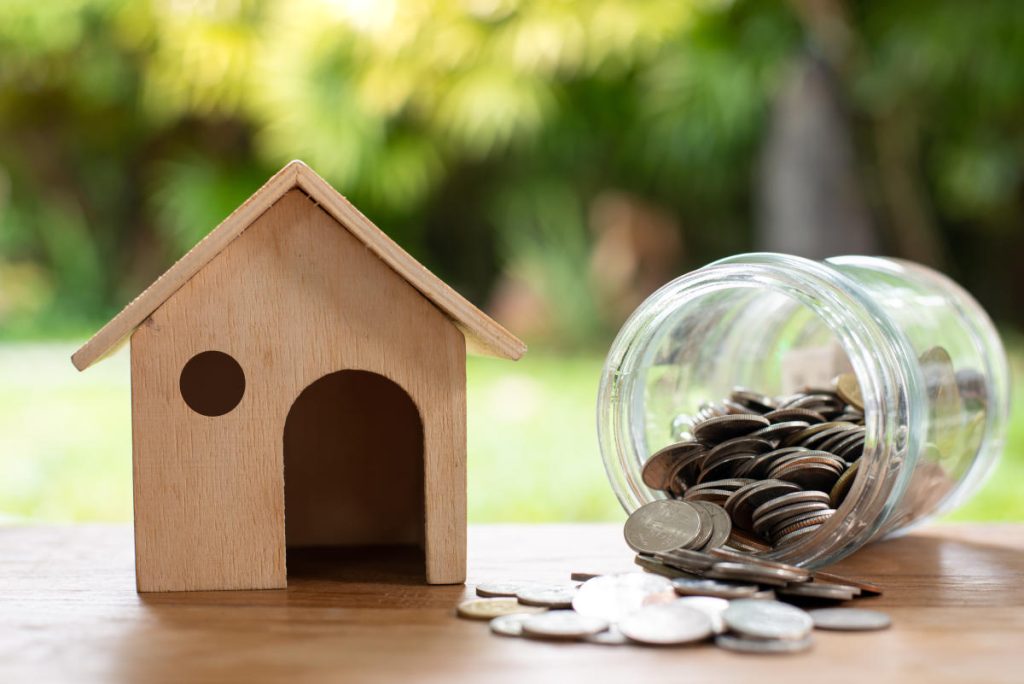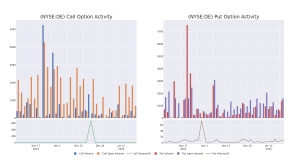
Interest rate cuts are gaining momentum. First, a half-point reduction in September. Then, the Federal Reserve lowered its key interest rate again on Nov. 7 by 0.25%. And most recently, another 0.25% on Dec. 18.
However, the federal funds rate is not the only driver of mortgage rates. Will home loan rates finally drop significantly? If so, how fast and how far?
The bottom line for homeowners: Is now a good time to refinance your mortgage?
Learn more: How soon can you refinance your mortgage after buying a home?
The Fed uses shorter-term interest rates to influence bond markets and steer the economy. By hiking interest rates, it aimed to reverse high prices by tamping down consumer demand. Now that inflation has moderated, the central bank is lowering interest rates to cushion the nation’s slowdown.
The lower interest rates will soak through the economy over a period of time, resulting in lower yields on Treasury bonds. And that’s key. The 10-year Treasury moves mirror mortgage rates. It’s not a one-to-one interest rate relationship; there can be a 2% to 3% difference between Treasurys and mortgage rates. But the directional moves are coordinated.
All of that is to say, as the Fed lowers short-term rates, longer-term rates eventually follow.
Dig deeper: How the Fed rate decision affects mortgage rates
Most mortgage market observers are looking for home loan rates to stay in the 6% to 7% range through 2025.
Was that a groan? Did you want to hear the magic 3% number?
Think of it this way: 6% is a good interest rate when you consider that the 50+ year average for mortgage rates is over 7.5%. Rates were in the 7% range way back in 1971 when Freddie Mac began keeping records.
Read more: What are today’s mortgage refinance rates?
In financial matters, people often search for easy answers. That’s often where “rule of thumb” guidance comes into play. How much money do you need to retire? What percentage of your retirement portfolio can you safely spend annually?
It’s the same for mortgage rates. The question often is: How much do interest rates need to drop before I should refinance into a new mortgage loan?
In the past, the easy estimate was 2%. Then, as rates fell, it was 1%. We’ve seen mortgage lenders say that a half-point — or even a quarter-point — drop in interest rates can make a refi worthwhile.
Every easy answer is mostly just noise. Like all rules of thumb, a quick solution is not often the correct answer. Any financial decision needs an answer derived from actual math.
Learn more: How does a rate-and-term refinance work?
Here’s the five-step process to making a good decision when it comes to refinancing your mortgage:
-
Know your current interest rate, your monthly payment, and your credit score.
-
Determine if you’ll refinance your loan balance, or would rather a cash-out refinance.
-
Will you refinance for a loan term that equals or is shorter than the time remaining on your existing mortgage? (Preferred.) Or will you extend your debt? (Not preferred, but a worthwhile option in certain circumstances.)
-
Get an estimate of your closing costs from a mortgage refinance lender (or preferably two or more).
-
Determine how long it will take to recoup those new loan costs with your monthly savings on a lower interest rate. That’s your break-even point. Is it equal or less than the time you plan on remaining in your current house? Good. Longer? Not good.
Now you have the answer to the question: Is it a good time to refinance your current mortgage?
Dig deeper: What are the pros and cons of refinancing a home?
Rates won’t have to move much lower to trigger a small wave of refinancing.
As of June 2024, real estate tech company CoreLogic estimated there were $579 billion in mortgage balances carrying an interest rate in the 6.75% to 7.5% range. Another $157 billion were at or above 7.5%.
That’s a total of $736 billion of mortgages that could get relief when rates decline.
Learn more: How many times can you refinance a mortgage?
Analysts believe the initial wave of rate cuts in the Fed’s new cycle of lowering interest rates is already baked into mortgage rates. It will take a series of lower-rate moves to significantly impact mortgage rates.
It can be. Even if you’re on the margin for a mortgage rate improvement, there are many good reasons to refinance. For one thing, Americans are sitting on a record $33 trillion of home equity, so many may choose a cash-out refinance — or a HELOC or home equity loan — to access that value for home improvements or other cash needs.
The cost of refinancing isn’t cheap. You’ll pay from 2% to 6% of the total loan in origination fees and closing costs. And if you extend your loan term when you refinance, you’ll pay way more interest over the life of the loan. Even no-closing-cost refinances have their pros and cons. Consider all of your options before jumping into a refi.
This article was edited by Laura Grace Tarpley.


